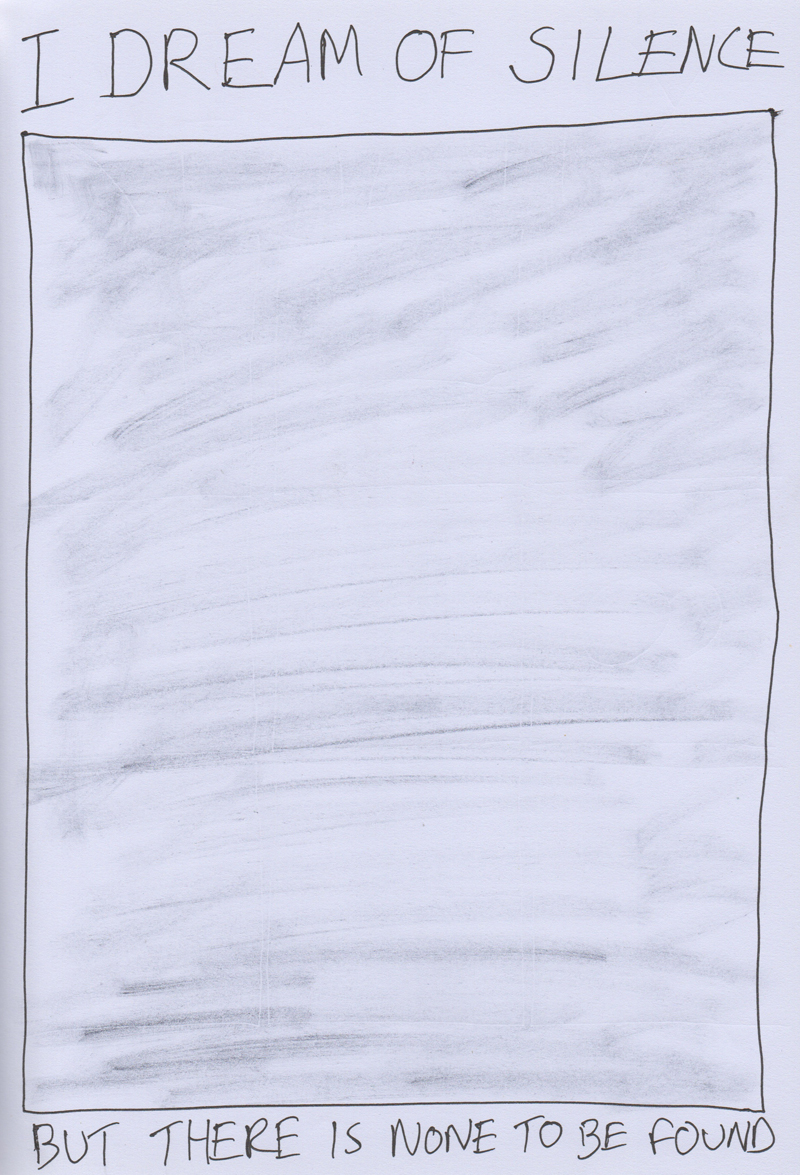My older sister was to marry a minor dignitary, and so for months the entire focus of our family had been preparations for this momentous event, which was quite unlike anything we had known before (or since).
On the morning of the ceremony, my mother, having been excluded (either by design or by callous accident, I did not know) from my sister’s preparatory entourage, instead fussed excessively over my appearance, and dressed me in a suit so uncomfortable I found myself almost entirely unable to move.
Once we had arrived at the cathedral, my mother and I were ushered to our places at the front of the crowds, and while mother greeted, and was greeted by, an endless series of well-wishers both known and unknown, I sat by her side as silent and motionless as a porcelain doll.
I had not had a religious upbringing, so for me the architecture of the cathedral was both distractingly exotic and strangely mundane (for I had no basis of comparison, and as such assumed all churches – and, indeed, weddings – were of equal size and splendour), and I found myself leaning back in my pew and gazing at the wondrous complexity of the ceiling.
Beams of marble (or, at least, of what appeared to be marble – I suspect it was actually wood simply stained as white as bone) stretched across the expanse of the hall in complex interlocking patterns, which pleasingly resembled the fractals I so enjoyed drawing on graph paper at home, and my eyes could not help themselves but trace out lines and pathways through the dense maze above me.
Lost in these pleasing geometric reveries, I missed much of the ceremony, and it was only when my mother subtly elbowed me in the ribs did I return my attention to my sister, who was by now at the altar, dressed voluminously in white, and well on the way to what for me seemed to be the important part of the occasion – the receiving of the ring.
The groom had, in a rare moment of bonhomie, taken me into his confidence some days before, and shown me the ring he intended to bind my sister with. It was gold, and round, and as heavy and featureless as his personality. Yet I knew my sister would be greatly enamoured by it, for it was excessively expensive, and therefore proof, simultaneously, of his commitment and her worth.
And indeed, from her expression, she was certainly impressed, although my sister has always known how to use her face to convey whatever emotion she intends to individuals and crowds alike, sometimes managing to say one thing to one and another to the rest with a single complex expression, so what her true feelings were, usually, in any given moment, essentially unknowable. Although I suppose this is trivially true for all but the most unguarded, naive, and unworldly of children.
As my sister and her husband kissed at the bishop’s request, a great spider, several metres across, lowered itself deftly down from the ceiling. It grasped the bishop in its legs, sank its fangs into his shoulder, and then, as it began to roll him up in silk, as neat as a cigar, swiftly retreated back to its lair above the bone-white rafters with his body.
I could not help but feel that this was a highly portentous incident, although, as my mother pointed out afterwards, the lack of surprise from the groom, his family, and the assorted other attendees from the upper echelons of our society, suggested such an occurrence was in itself quite a commonplace affair, and of little interest or import for members of their social class.
My sister would not stop screaming, and was hospitalised some weeks later.
__________
Notes:
1. Written on July 29th, 2019
2. And inspired by (or perhaps based upon) The Wedding by Silvina Ocampo
3. Which also includes a wedding
4. And a spider
5. But which is, unsurprisingly, much better than this
